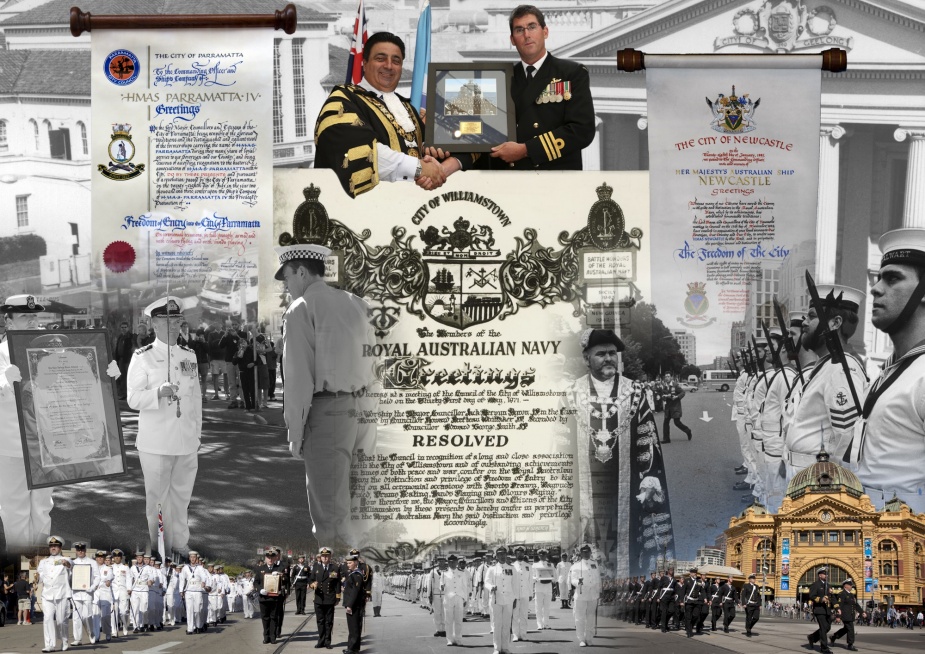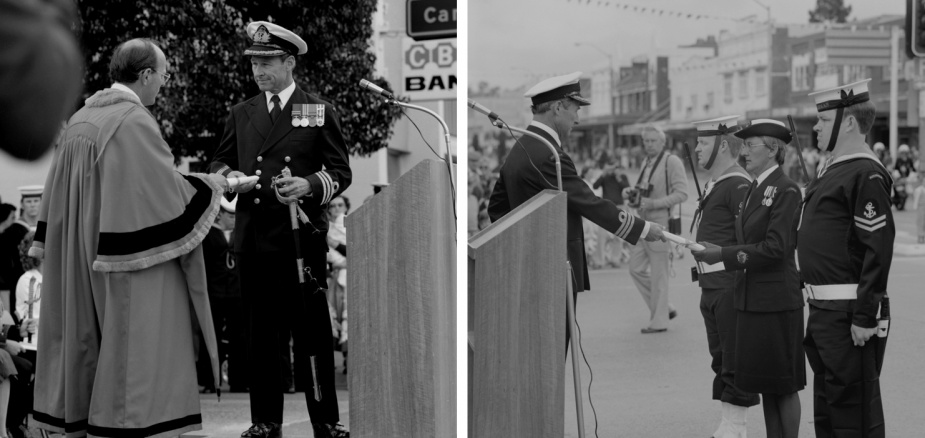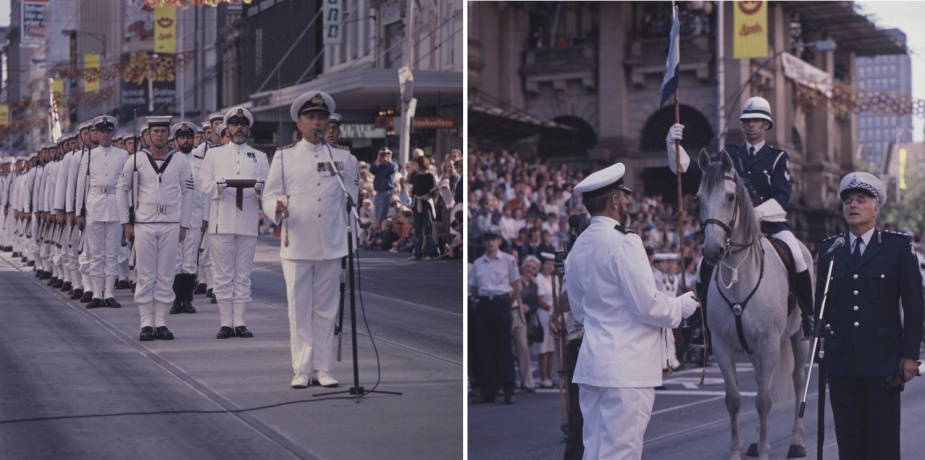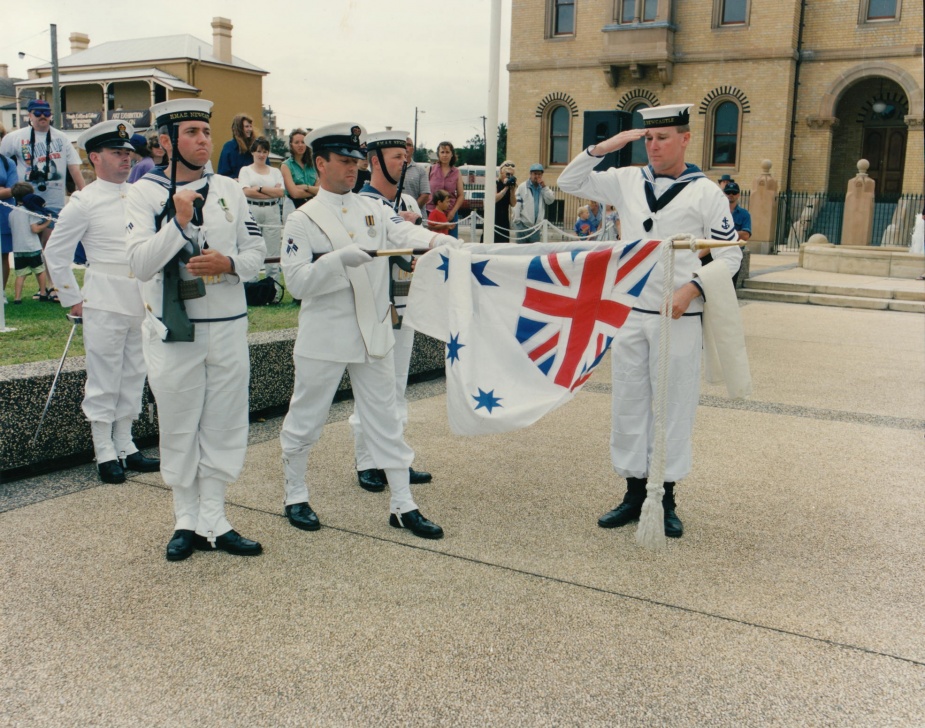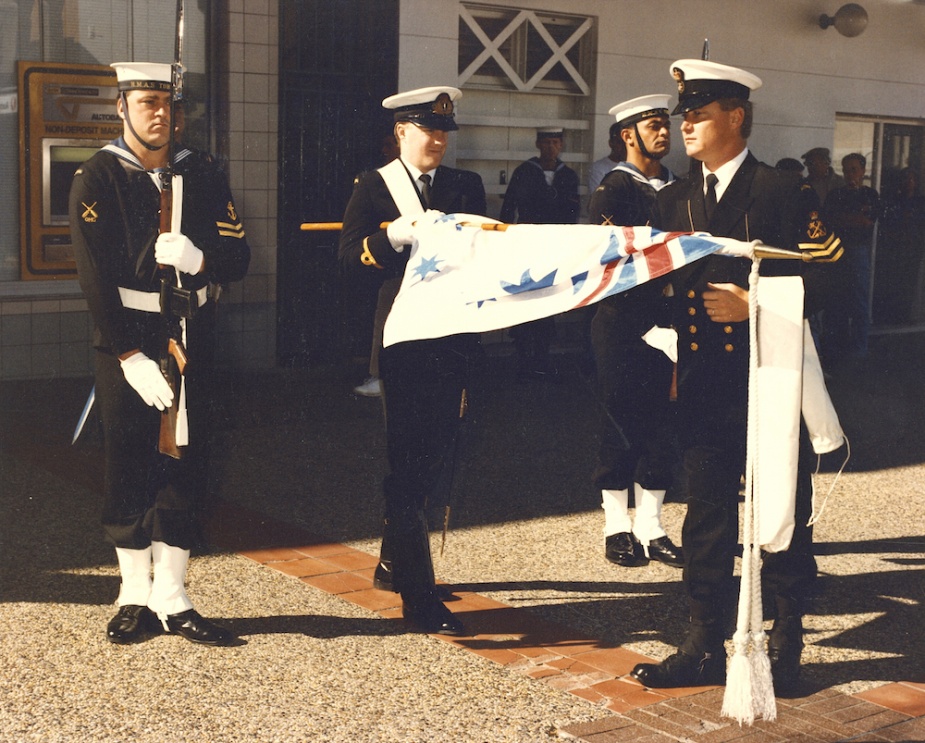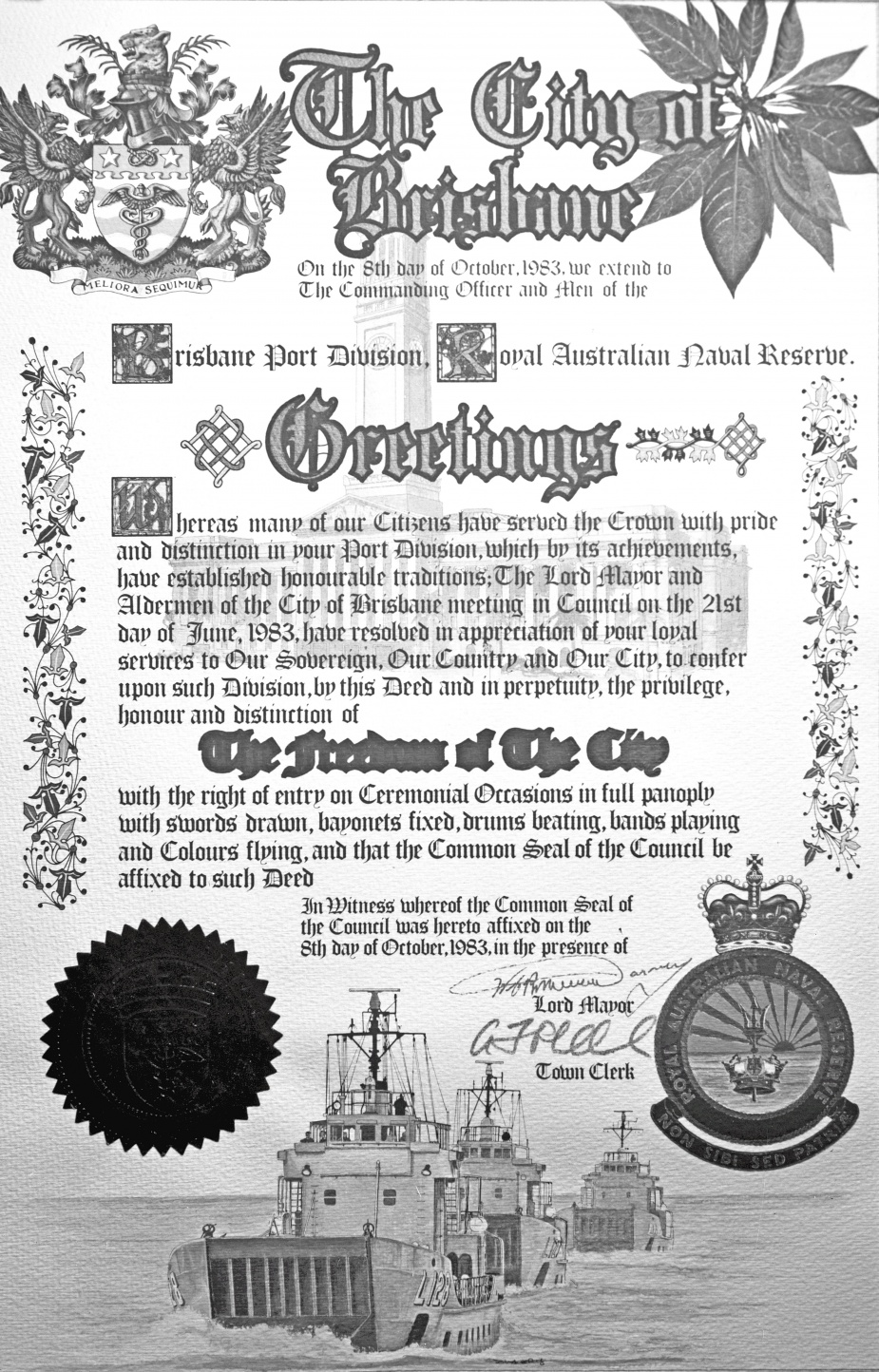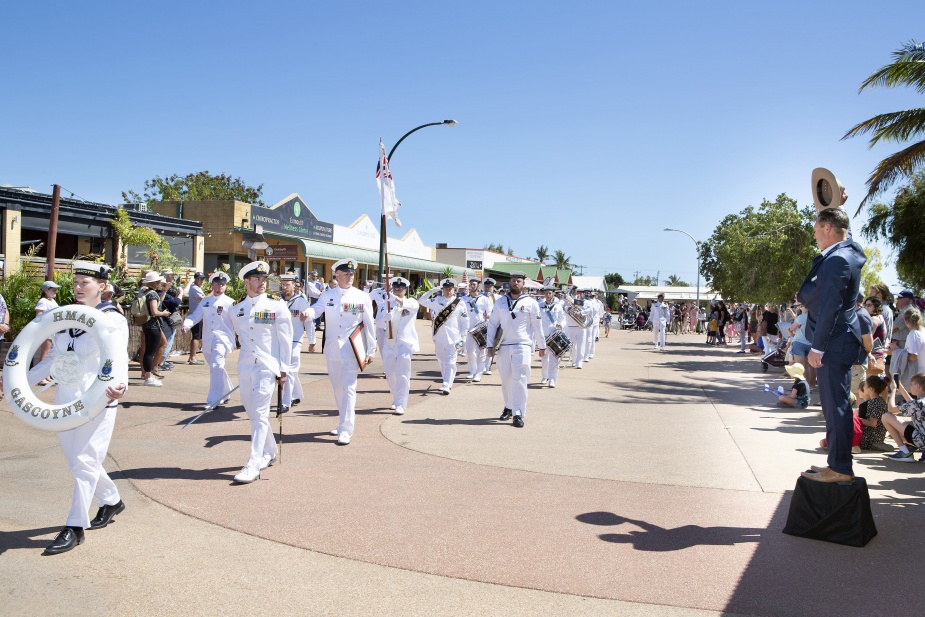Freedom of Entry
By John Perryman
Artwork by Gary Kinkade
During medieval times, in Continental Europe and the British Isles, fortress walls afforded cities protection from incursions by outlaw bands and attacks by feudal lords. The citizens of those walled cities wisely refused to allow entry to armed groups, including troops, unless they were absolutely sure that those arms would not be used against them. Bitter experience had taught them that armed men were, as often as not, neither respecters of persons or property and that they were liable to take any and every opportunity to plunder both.[1]
As cities and towns were invariably situated on main roads and at principal road junctions, denial of entry imposed great hardship on troops ‘on the march’. Food and arms could not be replenished and it became necessary to take long detours over difficult terrain to reach a given destination or objective. Troops soon saw the merit in establishing good relations with the Corporations and citizens of walled cities and by good conduct earned the privilege of entry and passage. This privilege, not readily won and highly prized, was known as Freedom of Entry.
Hence the granting of permission to a formed body of armed men to enter a city became the mark of trust and confidence in which that body was held by its citizens.
In the case of the Navy, Freedom of the City was more usually conferred in recognition of the defence of sea port cities and towns, however, as many vessels in the contemporary RAN fleet carry the names of land-locked centres, so the honour has been extended to include a number of them.
The granting of Freedom of Entry is the highest accolade a town or city can bestow upon a group or individual and it is no less readily won or lightly given today than it was centuries ago.
The ceremony of granting Freedom of Entry to an RAN unit is centred on a procession that begins at a suitable staging point within the town or city involved. The unit concerned is formed up and marches to the staging point, where it awaits the arrival of the official party and the Lord Mayor.
On arrival of the Lord Mayor the parade is inspected before being addressed by him/her and an ornate scroll authorising the granting of Freedom of Entry read out and presented. On receiving the scroll the Commanding Officer of the unit involved traditionally delivers a short acceptance address. A scroll party then takes custody of the scroll and the Australian White Ensign is escorted by a Colour Party into the staging area where it is ceremonially uncased. The unit then exercises its right of Freedom of Entry into the town or city, armed, with swords drawn, bayonets fixed, colours flying, drums beating and band playing.
The scroll granting Freedom of Entry is retained by the Unit and normally displayed, with great pride, in a place of prominence in the ship, squadron, establishment or unit.

